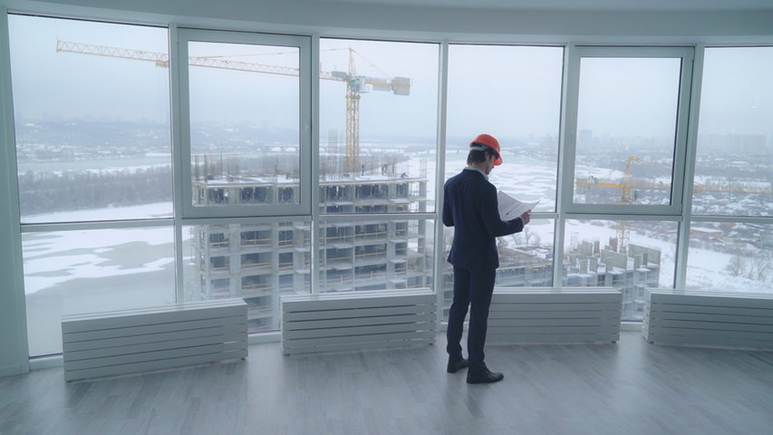
There are moments in city-building when the pace of change no longer feels incremental - it feels decisive. New York and Miami are entering that kind of moment. Not because of a sudden shift or a shiny trend, but because a collection of forces is converging: demographic shifts, capital movement, infrastructure investment, and a renewed understanding that urban progress is a long game. At the center of this next chapter, real estate developers are operating less as builders of structures and more as architects of urban direction.
This cycle is unique since the effort is intended to change people's perceptions of cities rather than just adding more square footage. As 2026 draws near, both Miami and New York City are becoming more interested in hybrid living, purpose-driven architecture, and long-term competitive infrastructure. The turning points are already evident: mixed-use districts planned for next-generation commerce, transit-oriented redevelopment, and a stronger drive for public-private alignment. These aren't decorative additions. These strategic recalibrations define the way these cities will operate in the coming decades.
New York’s growth pattern has always leaned towards verticals, but again the reasoning behind its wave is now evolving. Instead of chasing height for its own sake, the focus is now in density with purpose, layering housing, commercial ecosystems, local retail, and also public infrastructure into coherent districts.
2026 is shaping up to be a pivotal year for three reasons:

Although Miami's changes are rarely subtle, the current transition is more about maturity than show. The city is shifting from rapid to strategic growth, constructing for long-term economic strength, resilience, and sustainability in addition to demand.
Developers in Miami are designing with elevation, flood management, and material durability as non-negotiable elements. It’s not an environmental statement - it’s a business requirement that directly affects asset value and insurability.
A unique asset class has been fostered by Miami's worldwide appeal: homes that function using the hospitality DNA of upscale resorts. The ability to live, travel, work, and invest in one ecosystem is what purchasers desire as a result of a changing demographic.
What once felt like peripheral neighborhoods - Allapattah, Little River, parts of West Brickell - are now becoming development magnets. They offer space, culture, and a canvas for modern mixed-use living built around arts, dining, mobility, and tech-enterprise expansion.
Even though the cities differ dramatically, their development trajectories reveal a shared set of priorities:
This confluence points to a more profound reality: communities that value flexibility, long-term planning, and methodical execution will shape the future of urban growth.
For New York, 2026 represents operational efficiency, creating districts that reduce friction and redistribute economic activity. For Miami, it represents strategic evolution, shaping a city that can handle both growth and global-scale visibility without losing its resilience.
Across both markets, the role of real estate developers is expanding from builders to long-term stewards of economic mobility, cultural identity, and structural preparedness.
The paths taken by these two cities as they prepare for 2026 and beyond send a strong message: those who realize that true development is determined by how well a city performs years after the ribbon is cut, not by how quickly you construct, will lead the next wave of urban growth.
And that responsibility - and opportunity - sits squarely with real estate developers who are shaping the frameworks that will define the next generation of city living.